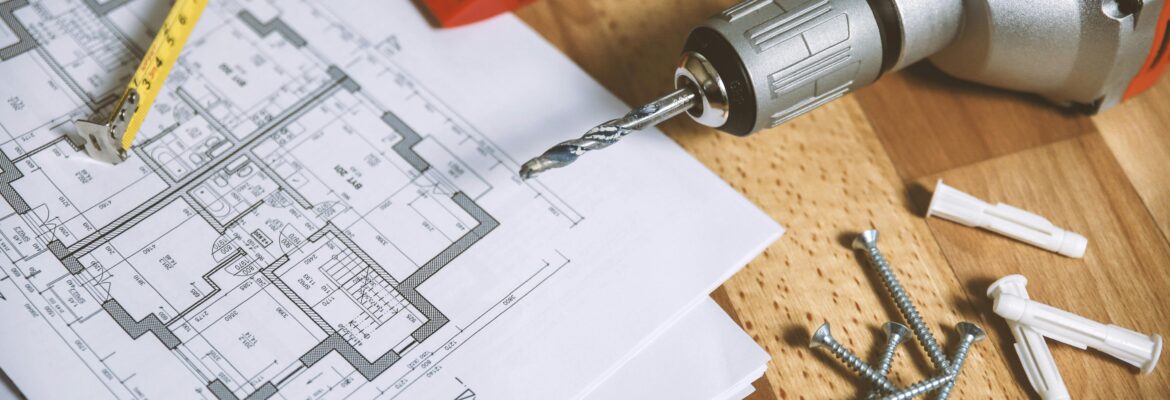Serviced apartments have become the preferred choice for travellers seeking a home away from home. To meet the evolving needs of guests and stay competitive in the market, designing serviced apartments for maximum comfort and efficiency is essential. In this blog post, we’ll explore key design principles and strategies to create spaces that delight guests and boost your property’s reputation.
The Importance of Design in Serviced Apartments
Effective design goes beyond aesthetics; it impacts the functionality and comfort of the space. Here’s why design matters in serviced accommodation:
1. Guest Satisfaction
Well-designed apartments enhance the guest experience. A comfortable, functional, and visually appealing space can leave a lasting impression and lead to positive reviews and repeat bookings.
2. Operational Efficiency
Efficient design can streamline property management tasks. Properly designed spaces require less maintenance, cleaning, and repairs, ultimately reducing operational costs.
3. Competitive Advantage
In a saturated market, well-designed apartments stand out. Guests are more likely to choose accommodations that offer both comfort and efficiency over less thoughtfully designed options.
Design Principles for Serviced Apartments
1. Functional Layout
Opt for an open, spacious layout that maximises the use of available space. Ensure clear pathways and easy access to essential areas like the kitchen, bathroom, and bedroom. Consider the needs of your target audience – business travellers may require a dedicated workspace, while families might appreciate larger living areas.
2. Comfortable Furnishings
Invest in quality, comfortable furnishings and bedding. Choose furniture that compliments the apartment’s style while prioritising ergonomic design. A good night’s sleep and comfortable seating are essential for guest satisfaction.
3. Adequate Storage
Incorporate ample storage solutions, including closets, shelves, and drawers. Guests appreciate having space to unpack and organise their belongings during longer stays.
4. Well-Equipped Kitchen
Equip the kitchen with essential appliances, cookware, and utensils. A fully functional kitchen allows guests to prepare meals, saving on dining expenses and enhancing their stay.
5. Efficient Lighting
Use a combination of ambient, task, and accent lighting to create a comfortable and well-lit environment. Smart lighting systems can provide flexibility and energy efficiency.
6. Thoughtful Decor
Choose a neutral colour palette with pops of colour in accents like cushions, artwork, or rugs. Neutral tones create a calming atmosphere, while accents add personality and warmth to the space.
7. Smart Technology
Incorporate smart home technology, such as thermostats, locks, and lighting controls. This not only enhances convenience but also demonstrates a commitment to modern amenities.
Guest-Centric Amenities
In addition to the apartment’s physical design, consider guest-centric amenities like high-speed internet, entertainment systems, and a welcome package with essentials. These extras can elevate the guest experience and set your serviced apartments apart.
Conclusion
Designing serviced apartments for maximum comfort and efficiency is a multifaceted endeavour. By prioritising functionality, comfort, and guest satisfaction, you can create spaces that not only meet but exceed guest expectations. Well-designed serviced apartments are more likely to enjoy high occupancy rates, positive reviews, and repeat business, making them a sound investment in the competitive serviced accommodation market.






